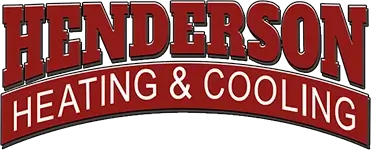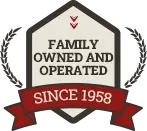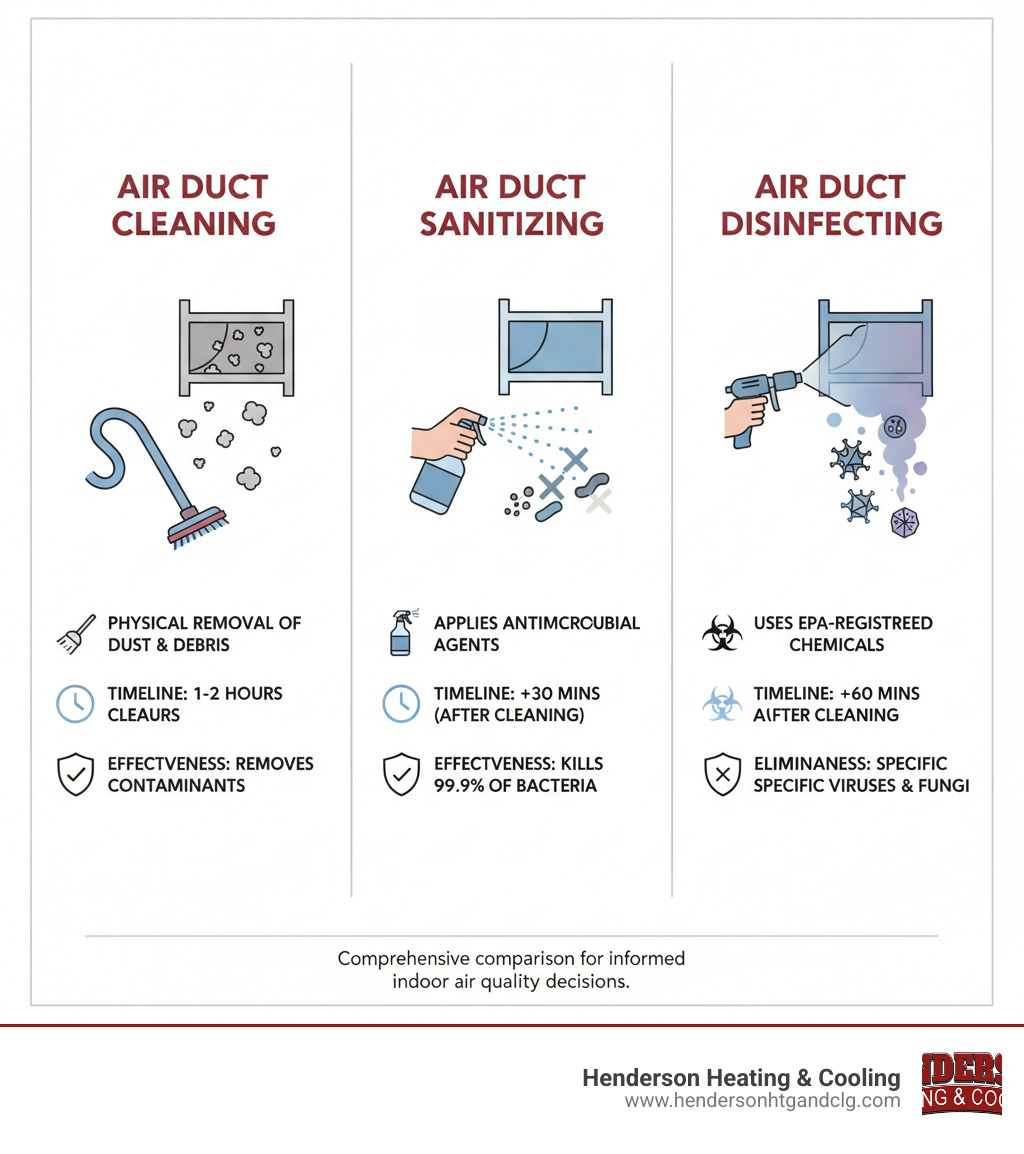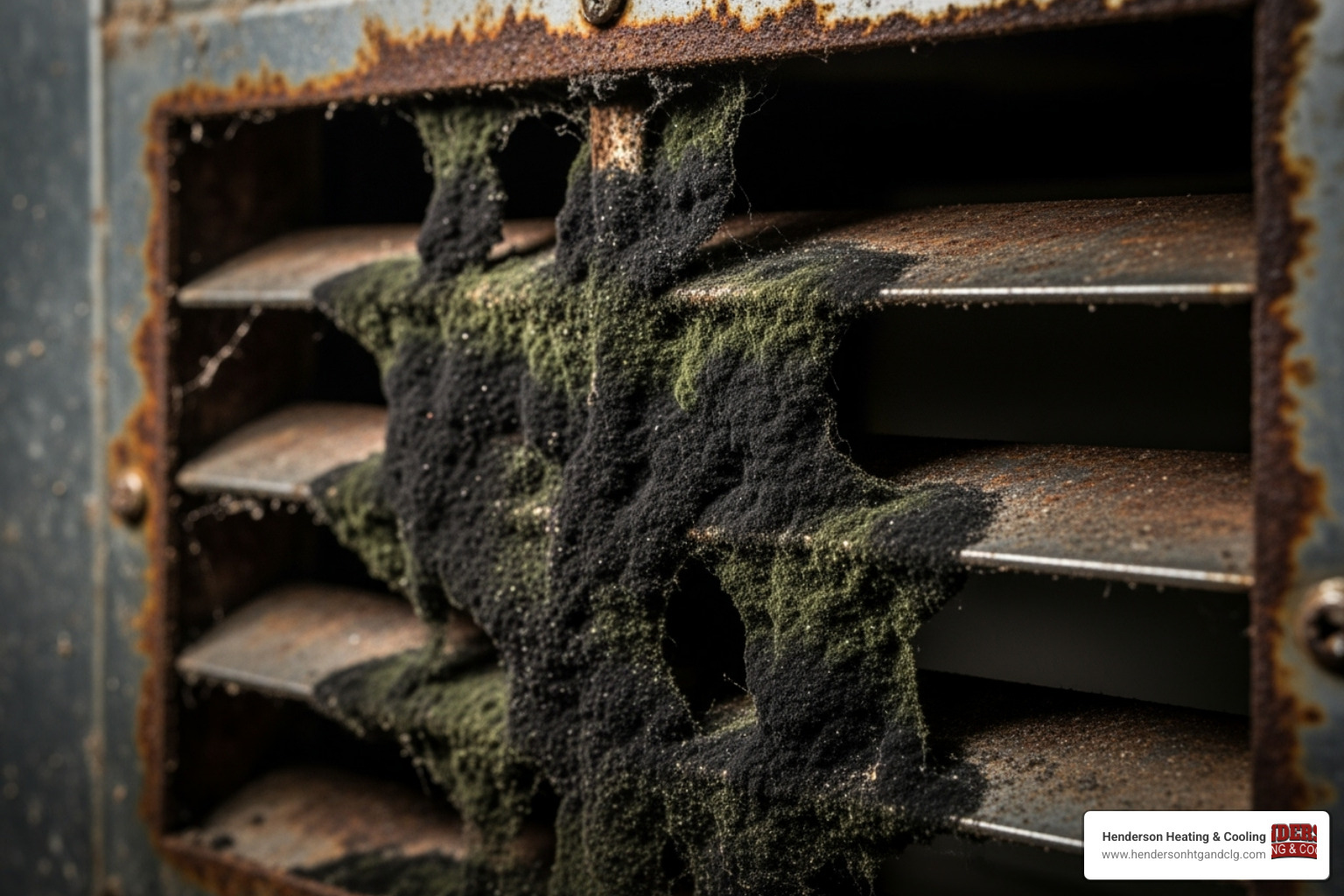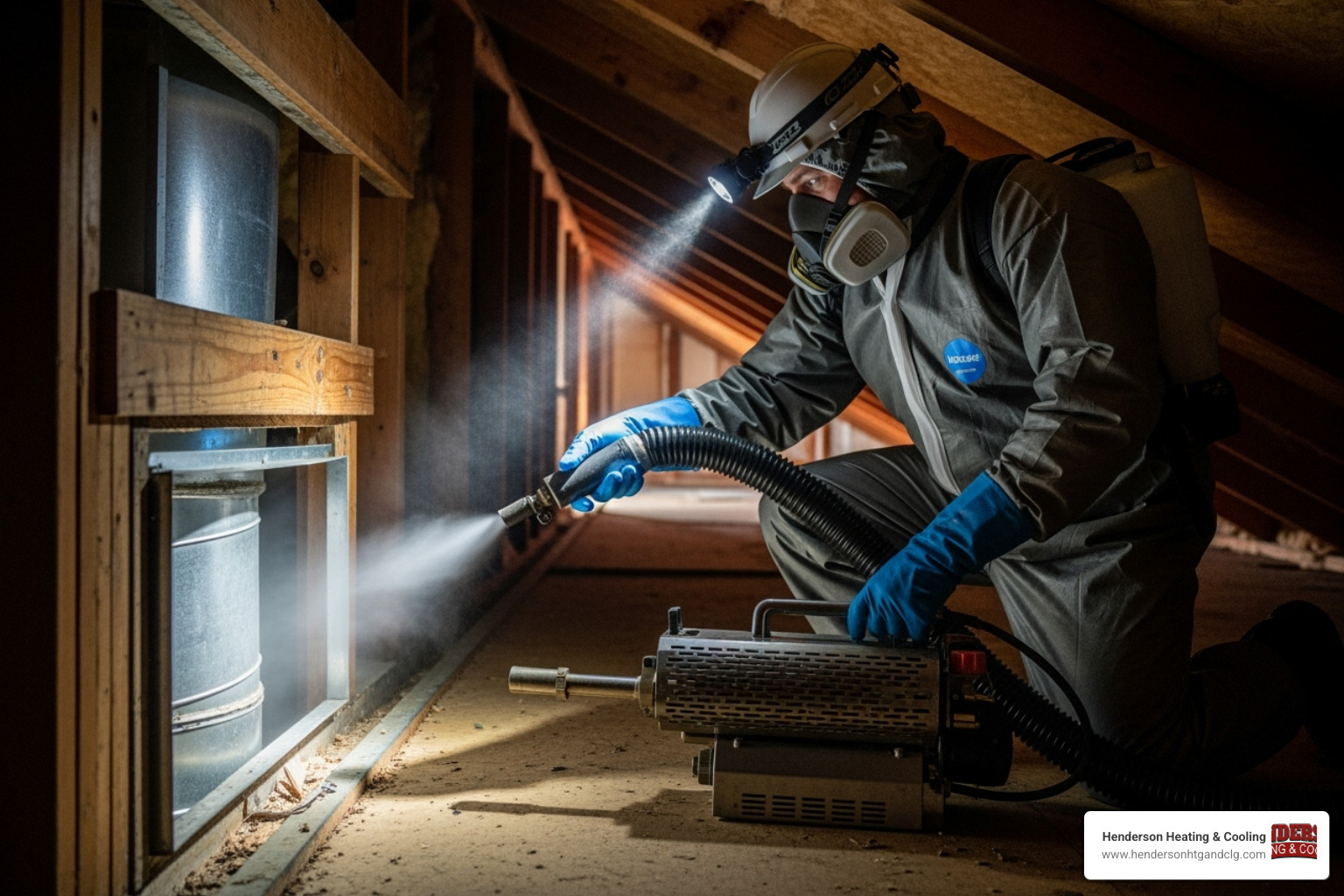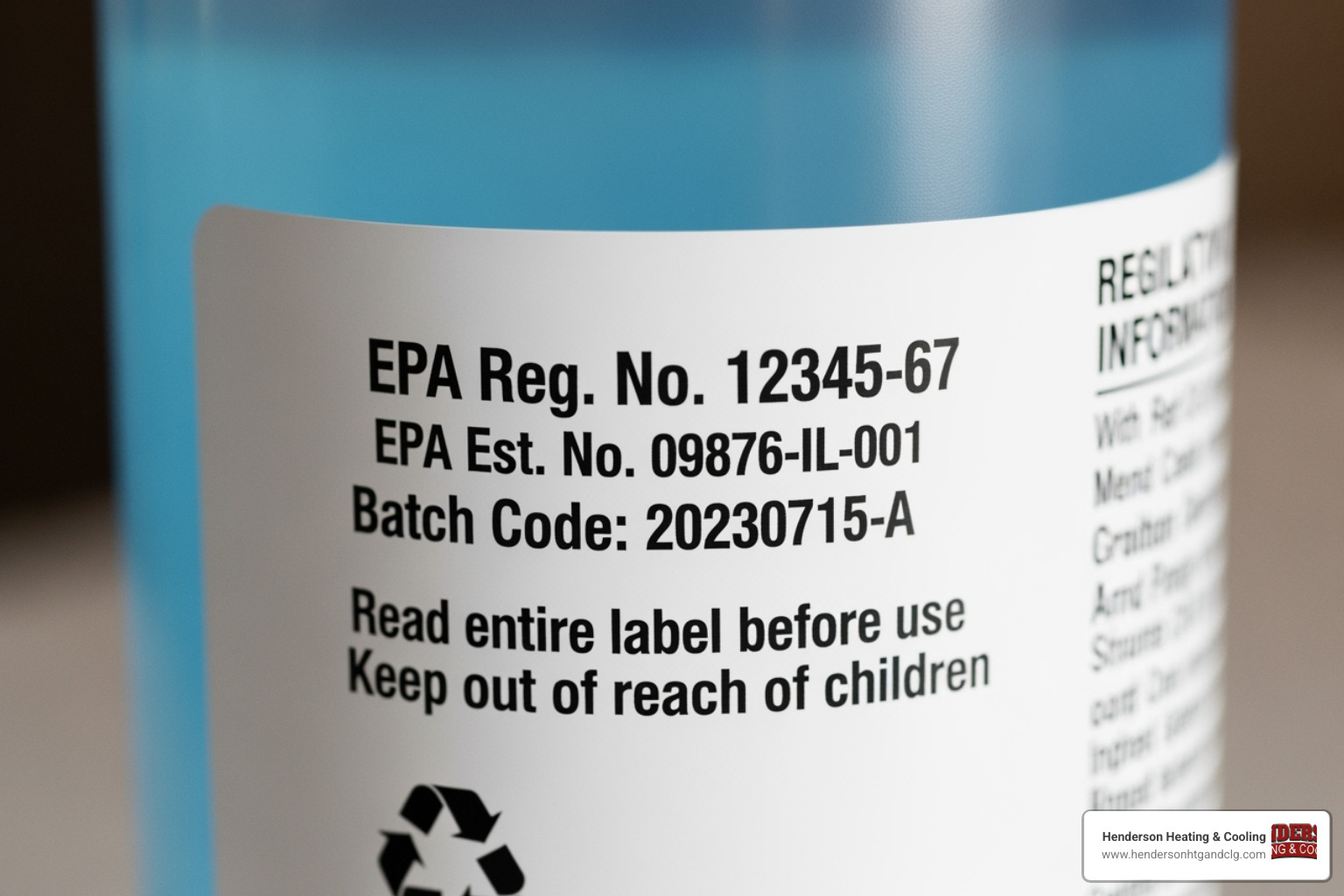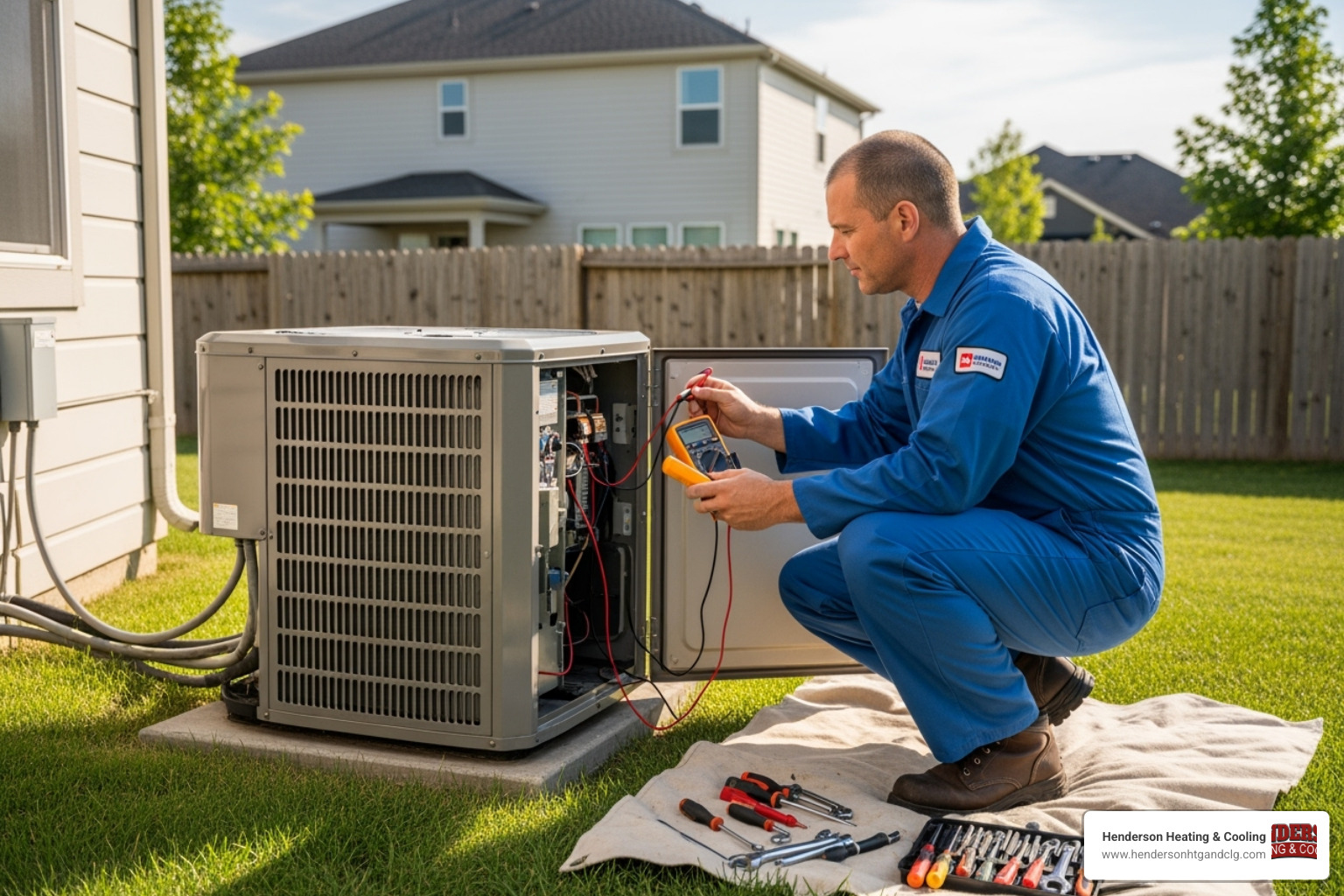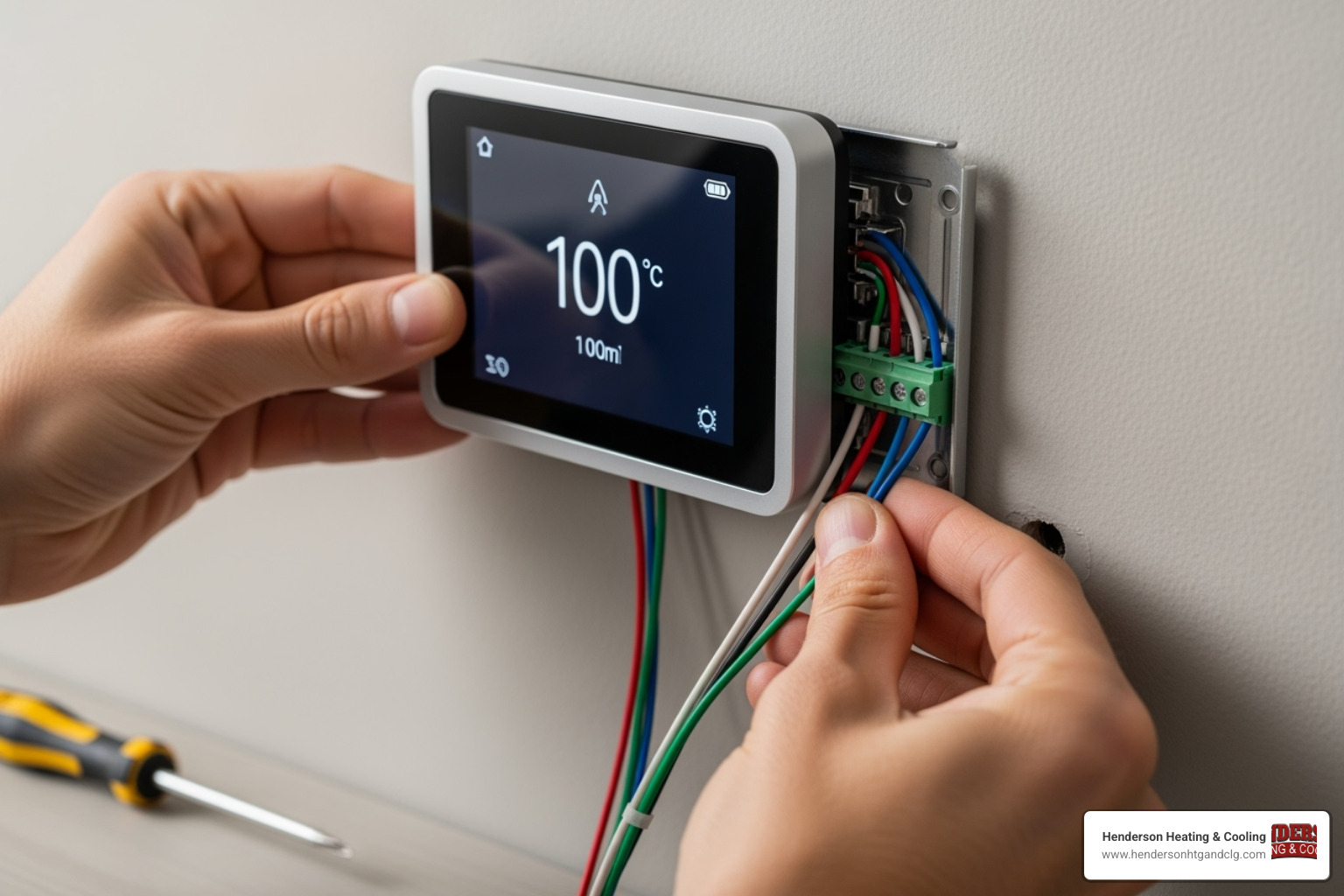Understanding Air Duct Sanitizing Claims
Air duct sanitizing is a service many homeowners are curious about, but it’s important to separate fact from marketing hype. With indoor air pollutants often 2 to 5 times higher than outdoor levels, your HVAC system can circulate dust, mold spores, and other contaminants. While some companies promise sanitizing as a cure-all, the reality is more nuanced.
Quick Answer: What is Air Duct Sanitizing?
- Purpose: Reduces bacteria and microorganisms in ductwork using EPA-registered antimicrobial agents.
- Process: Applied after thorough cleaning via fogging or spray application.
- Effectiveness: Kills 99.9% of bacteria on treated surfaces when done correctly.
- Duration: Effects typically last about 6 months.
- When Needed: Only after water damage, mold growth, pest infestations, or for vulnerable occupants.
- Legal Note: In the US, contractors cannot legally claim to “sanitize” or “disinfect” ductwork under federal law.
Air duct sanitizing can be beneficial in specific situations, but it’s not a magic solution for every indoor air quality issue. It is not a substitute for proper cleaning and is not something every home needs routinely. Understanding when sanitizing is truly necessary can save you money and protect your family’s health.
Cleaning, Sanitizing, and Disinfecting: What’s the Difference?
When researching air duct sanitizing, you’ll see the terms cleaning, sanitizing, and disinfecting used interchangeably, but they are not the same. Each serves a different purpose. The most effective approach starts with source removal—physically removing dirt and debris. Only after a thorough cleaning should antimicrobial agents be considered.
| Feature | Air Duct Cleaning | Air Duct Sanitizing | Air Duct Disinfecting |
|---|---|---|---|
| Goal | Physical removal of dust, debris, allergens. | Reduce bacteria and microorganisms to safe levels. | Eliminate specific infectious microorganisms (viruses, fungi, bacteria). |
| Method | Mechanical agitation (brushes), high-powered vacuum. | Application of EPA-registered antimicrobial agents (fogging/spray). | Application of EPA-registered disinfectants (fogging/spray). |
| Target | Visible contaminants (dust, dirt, hair, pet dander). | 99.9% of bacteria on non-porous surfaces. | Specific viruses, fungi, and bacteria. |
| Outcome | Improved airflow, reduced particulate matter. | Reduced bacterial growth, fewer microbial odors. | Significant reduction or elimination of pathogens. |
| Chemical Use | Generally none (unless for spot treatment). | Yes, EPA-registered sanitizers. | Yes, EPA-registered disinfectants. |
| Legal Claim | “Cleaning” is a direct service. | Cannot be legally claimed by contractors in the US. | Cannot be legally claimed by contractors in the US. |
Air Duct Cleaning
This is the essential first step. Air duct cleaning physically removes accumulated contaminants like dust, pet hair, and pollen from your ventilation system. Professionals use mechanical brushes and high-powered vacuums to dislodge and extract this debris. Clean ducts lead to better airflow, fewer allergens, and a more efficient HVAC system. Without this step, any sanitizing efforts are ineffective.
Air Duct Sanitizing
After cleaning, air duct sanitizing can be performed. This process applies EPA-registered antimicrobial agents to the ductwork’s interior surfaces to reduce bacteria to safe levels. A proper sanitizer should kill 99.9% of bacteria on clean, non-porous surfaces. Due to federal regulations, HVAC contractors can’t legally claim to “sanitize” ductwork; instead, we apply EPA-registered products designed for this purpose. It is an add-on service for specific situations, not a substitute for cleaning.
Air Duct Disinfection
Disinfecting is the most intensive level of microbial control. It uses EPA-registered disinfectants to eliminate specific infectious microorganisms, including viruses and fungi. Disinfection is typically only needed when there’s a known presence of harmful pathogens, such as after a serious mold problem. Like sanitizing, it requires a clean surface to be effective. Most homes need good cleaning, some may benefit from sanitizing, and very few require disinfection.
When is Air Duct Sanitizing Truly Necessary?
Not every home needs air duct sanitizing as a routine service. Think of it like taking antibiotics—it’s a powerful solution for specific problems, not a daily vitamin. Sanitizing becomes necessary when you’re dealing with biological contaminants that cleaning alone can’t eliminate.
Key indicators include visible mold growth, a musty odor from vents, a recent pest or rodent infestation, or water damage in your ductwork. Persistent unexplained odors or worsening allergies or asthma symptoms can also point to microbial growth that requires more than just cleaning. Addressing these issues can significantly improve your family’s well-being, as explained in our guide on how clean ducts improve your health.
After Water Damage or Mold Remediation
Moisture from leaks or flooding creates a breeding ground for mold and bacteria in your HVAC system. That musty smell from your vents is a sign of mold spores circulating through your home, which can cause health risks. After the water source is fixed and ducts are cleaned, air duct sanitizing helps eliminate lingering spores and prevent regrowth, breaking the mold’s life cycle.
Following a Pest Infestation
Rodents and insects leave behind droppings, nests, and a host of bacteria and other microorganisms. Regular cleaning removes the visible debris, but air duct sanitizing is needed to tackle the microscopic bacteria from pests that cleaning can’t eliminate. This step helps ensure your family isn’t breathing air contaminated by whatever your unwanted visitors left behind.
For Homes with Vulnerable Occupants
For households with individuals who have chronic respiratory conditions, compromised immune systems, or severe allergies, extra protection is crucial. Infants and elderly family members are also more susceptible to contaminants. In these cases, air duct sanitizing goes beyond standard cleaning to reduce the overall microbial load, creating a safer breathing environment for your loved ones.
The Professional Process: What to Expect
Professional air duct sanitizing is a careful, step-by-step process that prioritizes safety and effectiveness. It is never a standalone service—it always follows a thorough cleaning, as sanitizing agents are only effective on clean surfaces.
Here’s what to expect from our Southwest Missouri technicians.
Step 1: Thorough Air Duct Cleaning
This is the non-negotiable foundation of effective sanitizing. We begin with a system inspection, then use powerful, truck-mounted vacuum systems (up to 12,000 CFMs) and specialized tools like mechanical brushes and air whips. These tools dislodge and push all accumulated dust, dirt, and debris toward our high-efficiency particle air (HEPA) vacuum for complete source removal. You can learn more about what to expect from our services.
Step 2: The Professional Air Duct Sanitizing Application
Once your ducts are clean, we apply an EPA-registered antimicrobial agent specifically designed for HVAC systems. We use specialized fogging equipment to create a fine mist, ensuring the agent coats every interior surface. Our technicians strictly follow product label instructions, including correct dilution rates and “dwell time”—the time the product must remain wet to work, typically 5-20 minutes. We ensure proper ventilation and advise on any necessary precautions, like temporarily vacating the home. The effects of this treatment last about six months.
Step 3: Risks of DIY Air Duct Sanitizing
DIY air duct sanitizing often creates more problems than it solves. Here are the primary risks:
- Ineffective Cleaning: Without professional equipment, you cannot clean ducts thoroughly enough for sanitizers to work.
- Chemical Misuse: Using store-bought chemicals not designed for HVAC systems can be hazardous, damage your ductwork, and is a violation of federal law.
- Ozone Dangers: The EPA warns that ozone is a lung irritant. NADCA does not recommend using ozone generators in ductwork.
- Lack of Proper Equipment: Household tools cannot ensure the even distribution and proper dwell time that professional fogging equipment provides.
Trusting a professional ensures the job is done safely, effectively, and in compliance with all regulations.
Safety, Standards, and Chemicals
Using chemicals in your home’s HVAC system requires strict adherence to safety standards. At Henderson Heating & Cooling, we follow federal regulations and industry best practices to protect your family while delivering effective results.
Understanding EPA-Registered Products
In the U.S., sanitizers and disinfectants are classified as pesticides under the Federal Insecticide, Fungicide, and Rodenticide Act (FIFRA). This means any product used for air duct sanitizing must be EPA-registered and applied exactly according to its label. Using them any other way is illegal and potentially unsafe.
We only use products specifically labeled for HVAC use. We can provide Safety Data Sheets (SDS) detailing the product’s ingredients and safety precautions. Common agents include:
- Botanical-based agents (e.g., Benefect Decon 30) use active ingredients like thymol (from thyme). They have low toxicity profiles and are highly effective.
- Chemical-based agents (e.g., Sporocidin) contain ingredients like Phenol and provide broader spectrum control against viruses and fungi when stronger action is needed.
For current information, refer to the EPA’s official guidance on disinfectants in HVAC systems.
Choosing a Reputable Service Provider
The air duct sanitizing industry has companies that make promises they can’t keep. Here’s what to look for in a reputable provider:
- NADCA Certification: The National Air Duct Cleaners Association sets rigorous standards. Certified technicians are trained in proper safety and cleaning protocols.
- Proof of Insurance: A reputable company will readily provide proof of coverage to protect you and your property.
- Transparency: The company should explain their process, equipment, and the specific products they will use. They should provide product names and Safety Data Sheets upon request.
- Avoid Unsubstantiated Claims: Be wary of promises to “kill all viruses” or “sterilize” ducts. Contractors can only claim to apply EPA-registered products according to their labels.
- Check References and Reviews: A company with a solid reputation will have satisfied customers.
Avoid companies that recommend sealants to encapsulate contaminants or ozone generators in ductwork, as both the EPA and NADCA advise against these due to health risks.
Sanitizing vs. Other Indoor Air Quality Solutions
Air duct sanitizing is a specialized tool, but it’s just one part of a comprehensive indoor air quality (IAQ) strategy. The best approach often combines multiple solutions.
-
High-MERV Filters: Your HVAC filter is the first line of defense. High-MERV filters (MERV 15+) are excellent at trapping fine particles like mold spores, pollen, and dust before they circulate. They prevent new contaminants but don’t address existing growth inside ducts. For help choosing, see our guide to home air filters.
-
Air Purifiers: Whole-home or portable air purifiers continuously remove airborne particles, allergens, and volatile organic compounds (VOCs). They clean the air as it circulates, while sanitizing treats microbial growth on duct surfaces.
-
UV Light Systems: Installed in your ductwork, UV-C lights kill airborne mold, bacteria, and viruses as they pass through the system. This provides ongoing, 24/7 protection in a specific zone, whereas sanitizing is a one-time, full-system treatment.
-
Humidity Control: Whole-home humidifiers and dehumidifiers are crucial for preventing microbial growth. Proper humidity levels (30-50%) make your home less hospitable to mold and dust mites, reducing the likelihood you’ll need sanitizing in the first place.
Air duct sanitizing is unique because it directly eliminates microbial colonies already established on duct surfaces—something filters and purifiers can’t do. It’s the right tool for remediation, while other IAQ solutions are better for ongoing prevention and air cleaning.
Frequently Asked Questions about Air Duct Sanitizing
Homeowners often have questions about air duct sanitizing. Here are answers to the most common ones we hear in Southwest Missouri.
How often should air ducts be sanitized?
Air duct sanitizing is not a routine maintenance task. Unlike air duct cleaning, which we recommend every 3-5 years, sanitizing should only be performed when specific conditions exist, such as visible mold, a remediated pest infestation, or water damage. The effects of sanitizing last about six months, but it’s crucial to fix the root cause (like a moisture leak) to prevent the problem from returning.
Is air duct sanitizing safe for my family and pets?
Yes, when performed correctly by trained professionals using EPA-approved products for HVAC systems, it is safe. We follow strict safety protocols, including proper ventilation. We typically recommend that people and pets stay out of the house for a few hours after treatment to allow any scents to dissipate. If anyone in your home has chemical sensitivities or respiratory conditions, please inform your technician beforehand so we can take extra precautions.
Will sanitizing eliminate all odors from my HVAC system?
Air duct sanitizing is highly effective at eliminating microbial odors, such as musty smells from mold or unpleasant scents from bacteria. However, it does not target all odor sources. Lingering smells from tobacco smoke, cooking, or chemicals may require a separate deodorizing process or other IAQ solutions like specialized air purifiers.
Conclusion
Making informed decisions about your home’s air quality is key. Air duct sanitizing is not a routine upgrade but a targeted solution for specific problems like mold growth, pest contamination, or water damage. It is a powerful tool when used correctly, but it is not necessary for every home.
The most important takeaway is that professional cleaning must come first. Antimicrobial agents cannot work effectively on dirty surfaces. It’s like trying to disinfect a muddy floor—you have to clean up the dirt first.
Here in Southwest Missouri, Henderson Heating & Cooling believes in honest service. We follow EPA guidelines, use only registered products, and never recommend services you don’t need. Our approach starts with a thorough inspection to determine the right solution for you. If sanitizing is appropriate, we’ll recommend it. If a good cleaning is all you need, we’ll tell you that too.
We stand behind our work with our “Comfort Promise” because your family’s health matters. Whether you’re in Lebanon MO, St Robert MO, or Camdenton MO, we’re here to help you breathe easier.
Ready for cleaner, healthier air? Schedule your professional air duct cleaning service with Henderson Heating & Cooling today.
